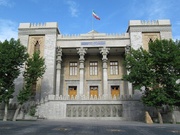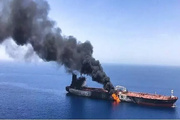At least 53 of 98 people who died — mostly in flooding and landslides — were from Maguindanao in the Bangsamoro autonomous region, which was swamped by unusually heavy rains set off by Tropical Storm Nalgae. The storm blew out of the country and into the South China Sea on Sunday, leaving a trail of destruction in a large swath of the archipelago.
A large contingent of rescuers resumed work in Kusiong village in the hard-hit province of Maguindanao, where as many as 80 to 100 people, including entire families, are feared to have been buried by a mudslide or been swept away by flash floods, said local officials.
The government’s main disaster-response agency also reported 69 people were injured and at least 63 others remain missing.
However, authorities said the official tally of missing people did not include most of those feared missing in the huge mudslide that hit Kusiong village because entire families may have been buried and no member was left to provide names and details.
Residents in Kusiong have carried out disaster-preparedness drills every year for decades to brace for a tsunami due to the history of disasters in the area. But officials said they were not as prepared for the dangers that could come from Mount Minandar, close to where their village lies.
More than 1 million people were affected by the storm, including more than 900,000 villagers who fled to evacuation centers or the homes of relatives. More than 4,100 houses and 40,180 acres of rice and other crops were damaged by flood waters at a time when the country was bracing for a looming food crisis because of global supply disruptions, officials said.
The stormy weather in large swaths of the country hindered transportation as millions of Filipinos planned to travel over the long weekend for All Saints’ Day in the largely Roman Catholic nation.
Nearly 200 domestic and international flights were canceled and Manila’s international airport was briefly closed, stranding thousands of passengers.
ZZ/PR
























Your Comment